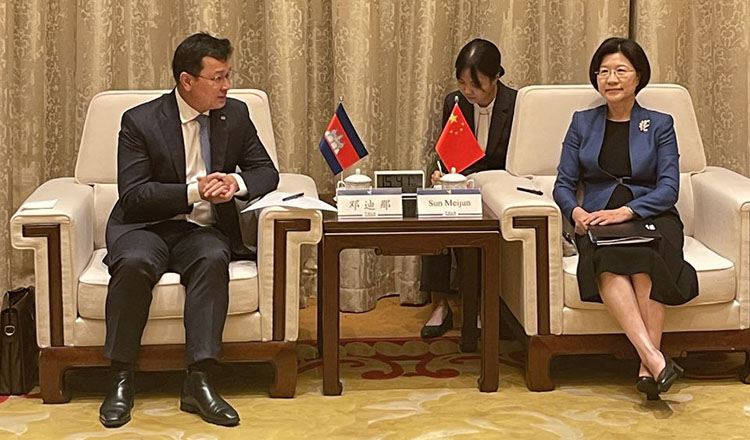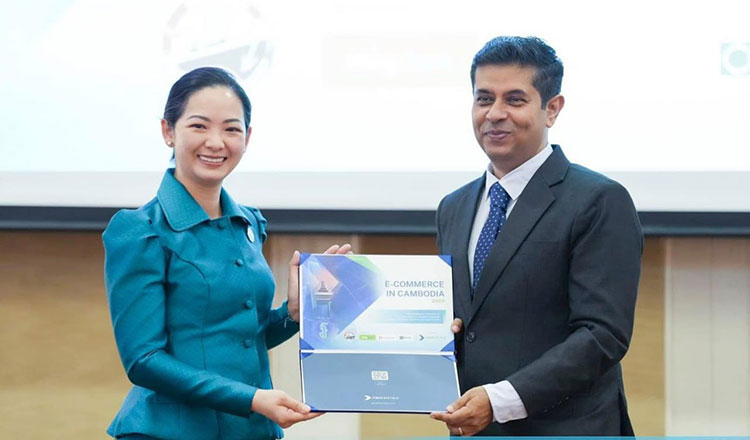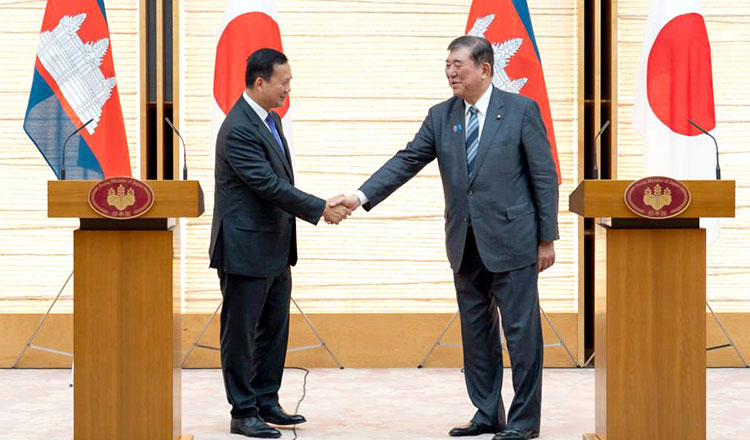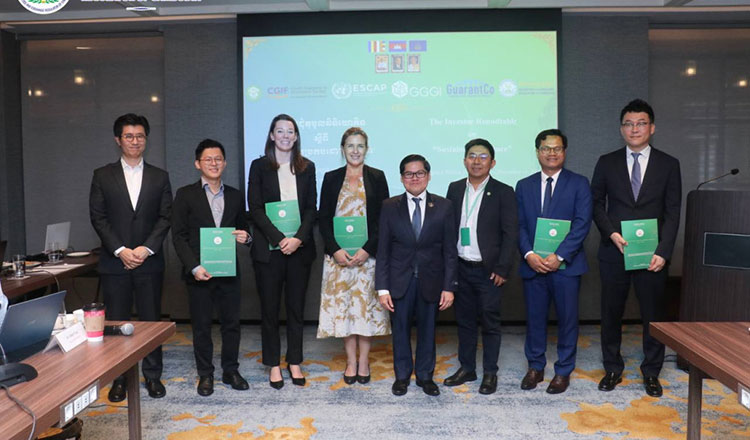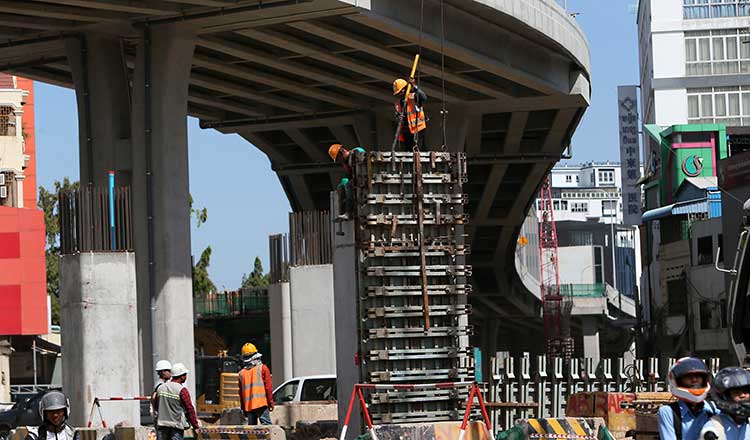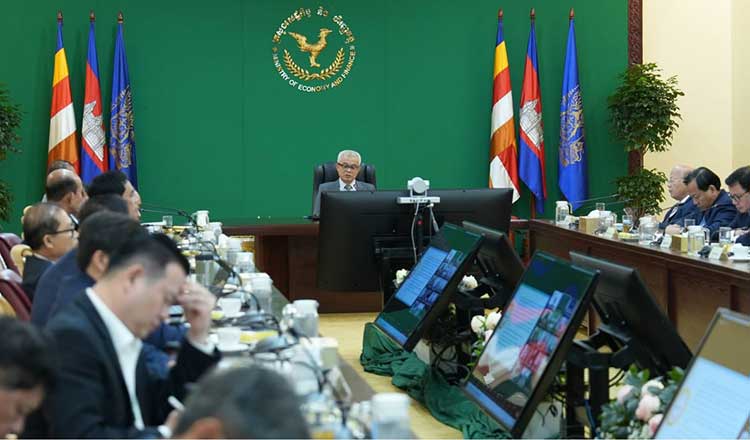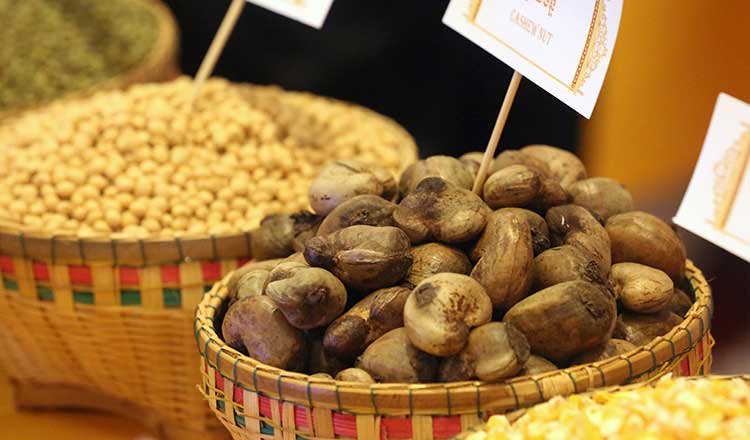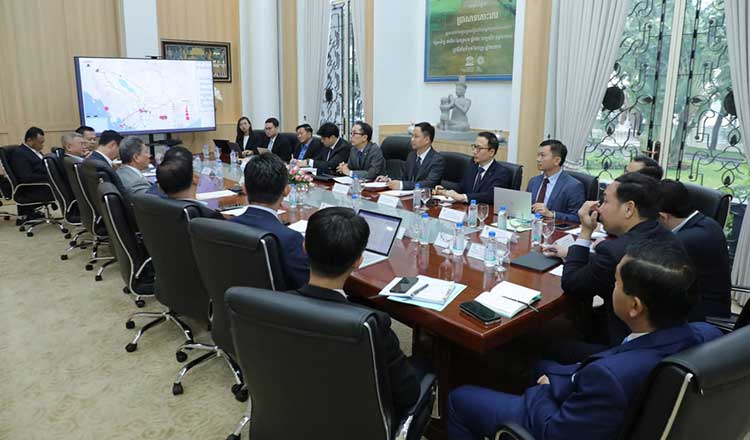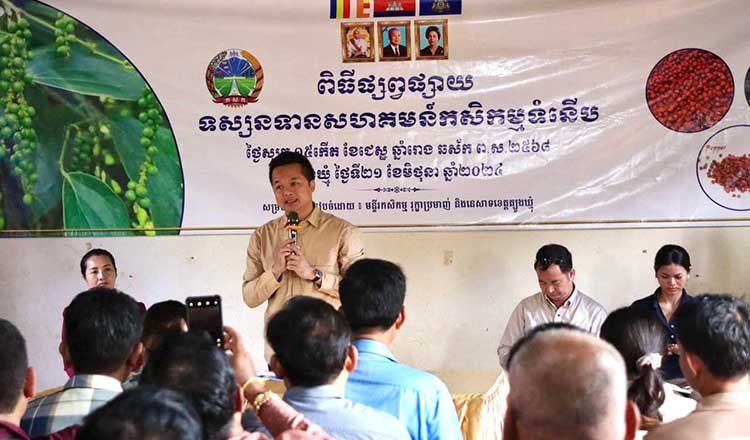China continues as Cambodia’s largest creditor with $4.11 billion
China continues as Cambodia’s largest creditor with $4.11 billion
China continues to be Cambodia’s largest creditor with $4.11 billion as of 2023, followed by the Asian Development Bank (ADB) and World Bank being the second and third largest respectively.
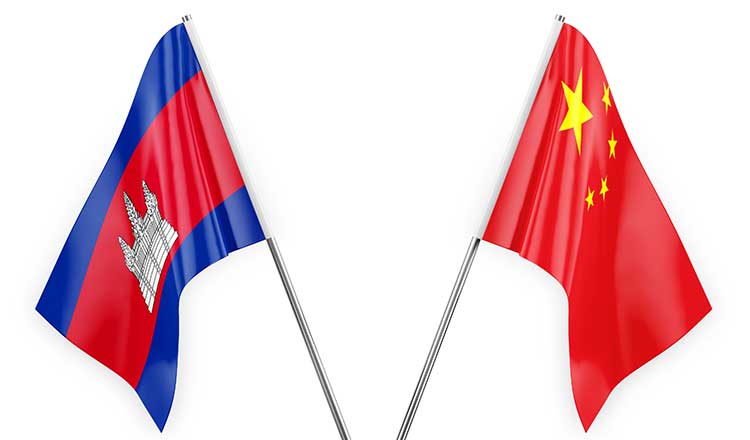
But with more debt funding from other sources coming to Cambodia, China’s outstanding debt as a share of total Cambodian debt declined year-over-year. It went down from 40 percent in 2022 to 36.7 percent in 2023 due to rising multilateral debt.
When it came to Cambodia’s second largest creditor – the Asian Development Bank its debt of $2.3 billion formed 23.6 percent of total public external debt. And its third-largest creditor, the World Bank’s outstanding loan of $1.3 billion debt, forms 11.8 percent of total debt as of 2023. Cambodia’s fourth and fifth-largest creditors are Japan and the Republic of Korea, accounting for 11.2 percent and 5.1 percent of total outstanding debt, respectively.
But China’s share in overall credit to Cambodia also went down because the World Bank financing hit a record high of $501.3 million or 27.7 percent of total debt contracted by the Kingdom in 2023. This figure could go up in 2024. As last week, World Bank approved about $275 million in financing for the region. This is a marked increase from World Bank disbursements in 2017 of $15.8 million.
In a recent report, the World Bank, said that there’s been a significant shift in government priorities. While a decade ago, loan disbursements were entirely for infrastructure projects in the country. Today, the financing extended allows for more holistic growth. The World Bank report noted how there is more priority sector financing for better education and healthcare.
The World Bank in its report said, “Financing now includes a wide-ranging area including policy development financing, general and higher education, social and economic land allocation, agricultural diversification, health equity and quality improvement, road connectivity, livelihood enhancement, water supply, and disaster management.”
Of the total disbursement of $1.5 billion in 2023, 63 percent financed the country’s public infrastructure sector, which includes transport, energy, irrigation, water supply, and other projects. And 36.9 percent financed non-infrastructure priority sectors such as agriculture, health, education, and other priorities.
“Despite public debt being quasi-exclusively external and denominated in foreign currency, risks remain manageable. The public debt level is moderate and mostly comprises medium to long-term maturities, in addition to being highly concessional, with around 45 percent of it comprising grants,” said a report by CoFace for Trade.
But there still remains some risk of exposure to global events and US Federal Reserve decisions on the dollar. As US dollar-denominated external public debt remains the largest; rising to 46 percent of total debt stock in 2023. This was followed by Special Drawing Rights (SDR) denominated debt, at 19.2 percent. Despite China’s position as Cambodia’s top creditor, Chinese-yuan denominated debt forms only 11.3 percent of total debt stock. Public external debt denominated in Japanese yen, euro, and other currencies, accounted for 11.2 percent, 6.9 percent, and 5.4 percent, respectively.


